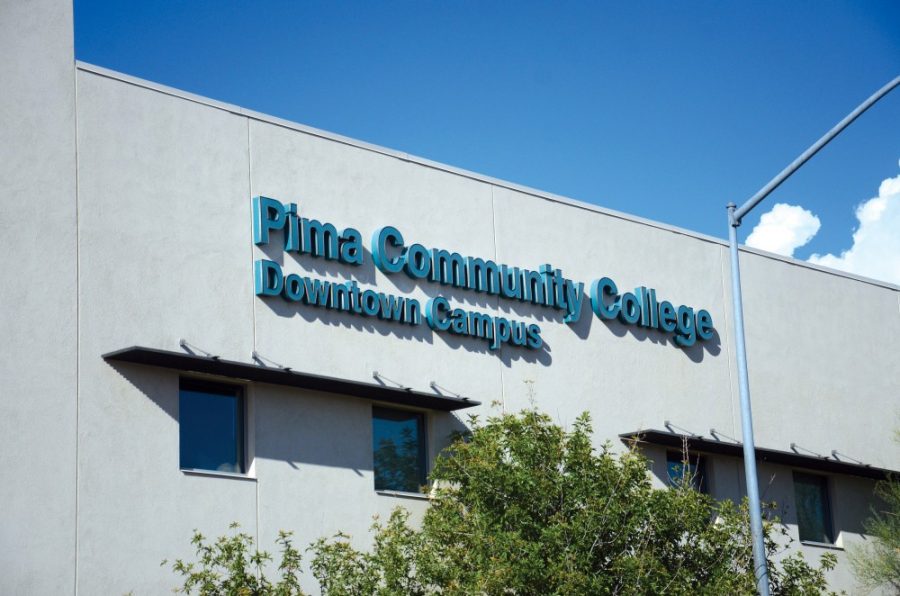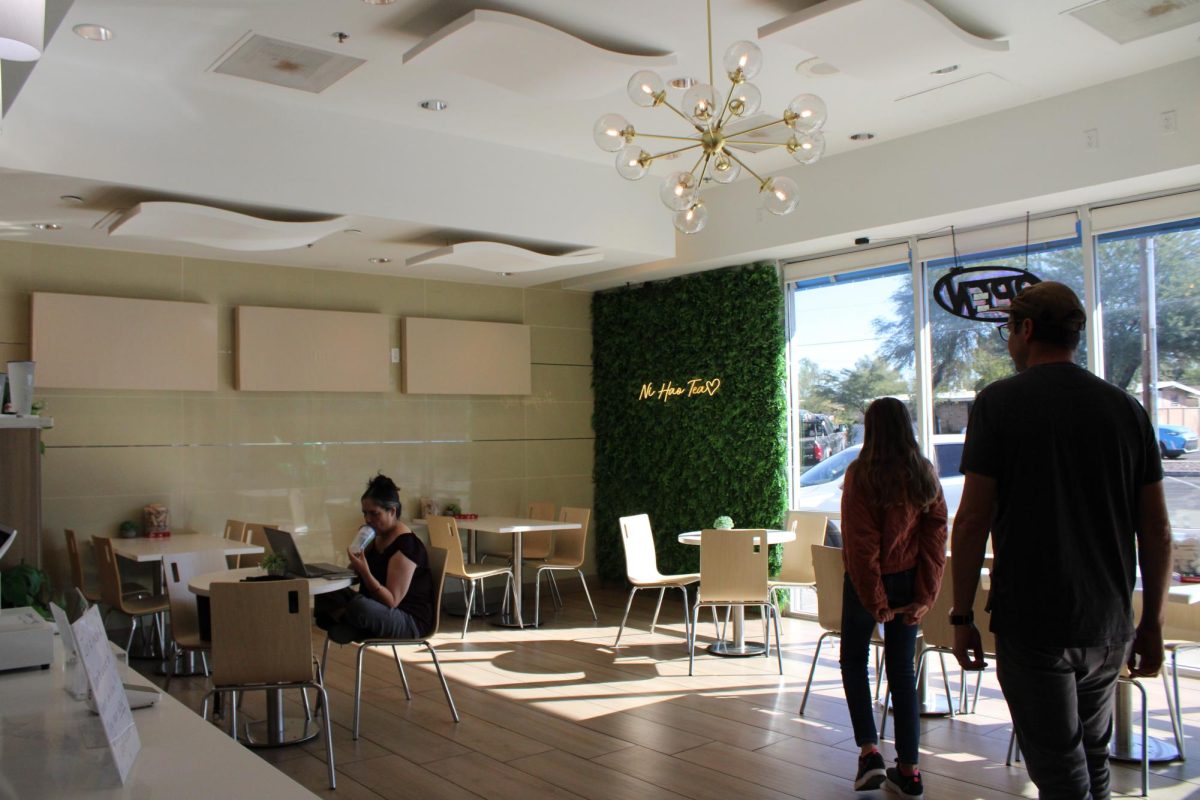As a whole, Americans have a very materialistic culture. We accumulate, we buy, we store and we seem to have a strange opposition to anything second-hand.
This tendency reveals itself clearly in the form of over-stuffed closets and dressers whose drawers just won’t shut anymore. Even when we don’t need or want an item anymore, there can be a pull to hang on to it simply because at one point you spent your hard-earned money on it.
For students living in dorms or small apartments, this hoarding of clothing presents a space problem, but college students are often just as short on money as they are on space. This means they might want to hold onto even more to items they bought. Luckily, there’s a solution with a win-win result that many students may not even think of: secondhand and thrift stores.
Secondhand and thrift stores are not only a great place to buy clothing for less, but at many of them, you can also make some money by selling your clothing back. Not only does that leave you with some more cash, but it cleans out your closet as well.
As this idea of recycling clothing is so well-suited to students, the UA just held a clothing swap event on March 24 called UA Wear and Share. Organized by sustainable built environments senior Zola Zermeño as part of her thesis, the event allowed students to exchange their unwanted, gently used clothing for something new — new to them, that is.
Zermeño says she chose to do this event in order to bring awareness to the huge environmental toll fast and cheap clothing production has, but also because she’s “always thinking of ways we can come together as a community to be more sustainable.”
In the larger picture, this kind of clothing recycling really is much better for the environment. Zermeño said that Americans send around 10 million tons of clothing to landfills every year, which is half of what is bought each year.
Walking into any Goodwill or secondhand store, that number seems completely feasible. The amount of clothing others have donated seems so vast that you might think we never need to make another piece of clothing ever again — and yet, we just keep on producing.
As most of our clothing is produced overseas, all of this damaging production doesn’t even directly benefit the economy in the U.S. That’s only one of the many problems that overseas manufacturing leads to; often, workers are treated badly and quality and environmental production standards aren’t upheld.
For those reasons, we as a community should follow Zermeño’s lead and try to be better about what we buy and what we throw away. If you need a new pair of jeans or a warmer jacket, try checking out shops like Goodwill, Plato’s Closet or Buffalo Exchange here in Tucson before heading to Target. Even closer to campus are How Sweet It Was Vintage and Desert Vintage, right on Fourth Avenue
Not only is shopping at these places better for the environment and better for your wallet, it’s also better for the community, as Zermeño pointed out. All in all, it’s better to wear it and share it than to buy it new.
Follow Marissa Heffernan on Twitter.








